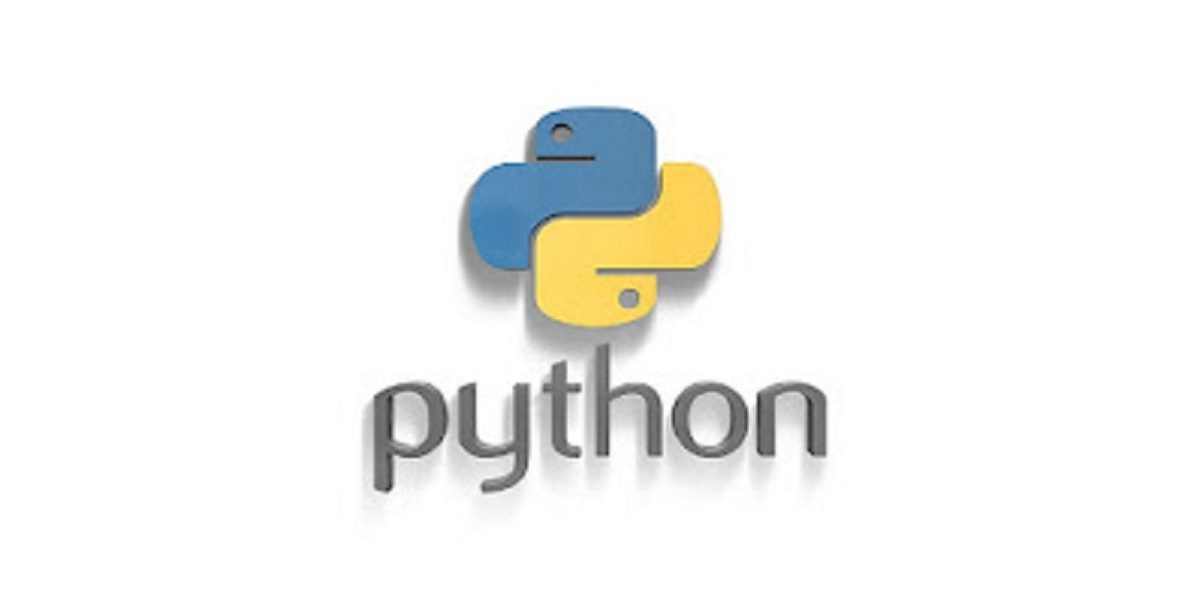Digital Bizz: Tracing the Evolutionary Trail of Python Programming
In the realm of programming languages, few have captured the imagination of developers and businesses alike quite like Python. Its journey from inception to ubiquity is a fascinating tale of innovation, adaptability, and community-driven evolution. Let’s embark on a journey through the history of Python, a language that has not only transformed the digital landscape but also become synonymous with versatility and simplicity.
Genesis: Guido van Rossum’s Brainchild
Python emerged from the fertile mind of Guido van Rossum, a Dutch programmer, in the late 1980s. Van Rossum sought to create a language that was intuitive, readable, and emphasized productivity. His endeavor led to the release of Python 0.9.0 in February 1991, marking the inception of what would become a powerhouse in the programming world. read more history of python programming langauge
Python 2 vs. Python 3: A Turning Point
As Python gained traction, the community began to advocate for updates and enhancements. This culminated in a significant fork in the language’s development with the release of Python 3.0 in 2008. While Python 2.x continued to be maintained for several years, Python 3 introduced fundamental changes aimed at improving consistency, eliminating redundancies, and future-proofing the language. Despite initial resistance from some quarters, Python 3 eventually gained widespread acceptance, signaling a new era of innovation.
Python in the Wild: Applications Across Industries
Python’s versatility has rendered it indispensable across diverse domains. From web development and data science to artificial intelligence and automation, Python’s applicability knows no bounds. Its clean syntax and extensive libraries have made it the go-to choice for startups, tech giants, and everything in between. Whether it’s powering Instagram’s backend, driving scientific research at CERN, or enabling rapid prototyping in academia, Python is the driving force behind countless digital innovations.
The Python Community: A Pillar of Support
Central to Python’s success is its vibrant and inclusive community. From seasoned developers to enthusiastic beginners, Python enthusiasts come together to share knowledge, contribute to open-source projects, and foster a culture of collaboration. Events like PyCon and local meetups serve as hubs for learning and networking, ensuring that Python remains at the forefront of technological innovation.
Looking Ahead: Python 4.0 and Beyond
As Python continues to evolve, discussions around the future of the language are ever-present. While Python 3.x continues to receive updates and support, whispers of Python 4.0 loom on the horizon. Anticipated features include enhanced concurrency support, improved type hinting, and further refinements to the language’s syntax and semantics. Whatever the future holds, one thing is certain: Python’s journey is far from over.
In conclusion, Python’s ascent from a pet project to a programming powerhouse is a testament to the enduring appeal of simplicity, readability, and community-driven development. As we navigate the digital bizz of the 21st century, Python stands as a beacon of innovation, empowering developers to turn ideas into reality with unparalleled ease.





